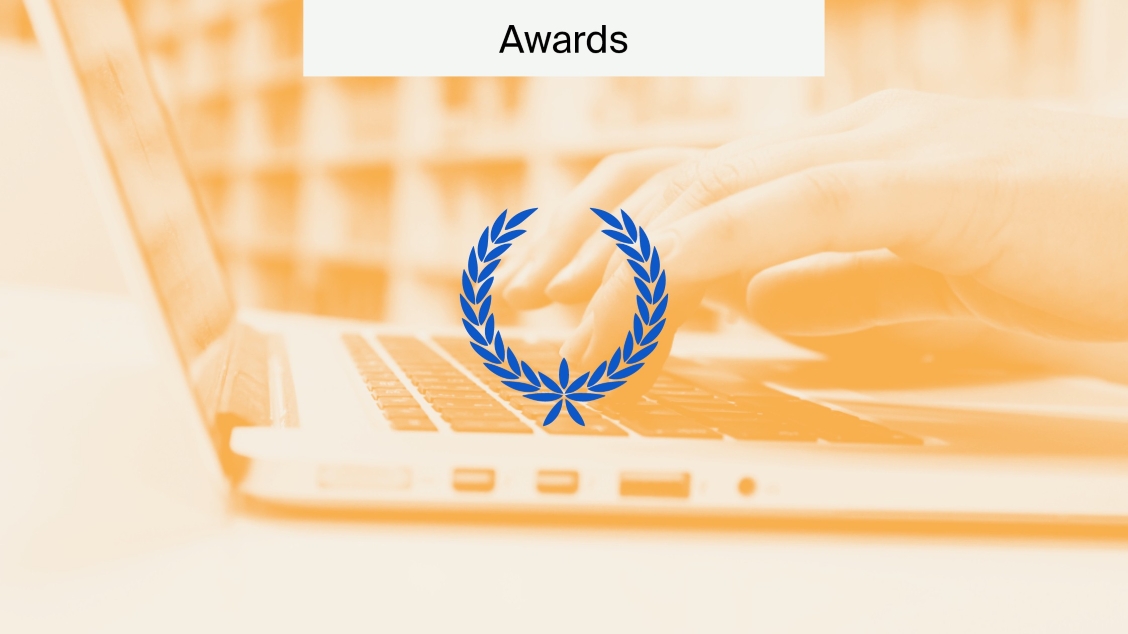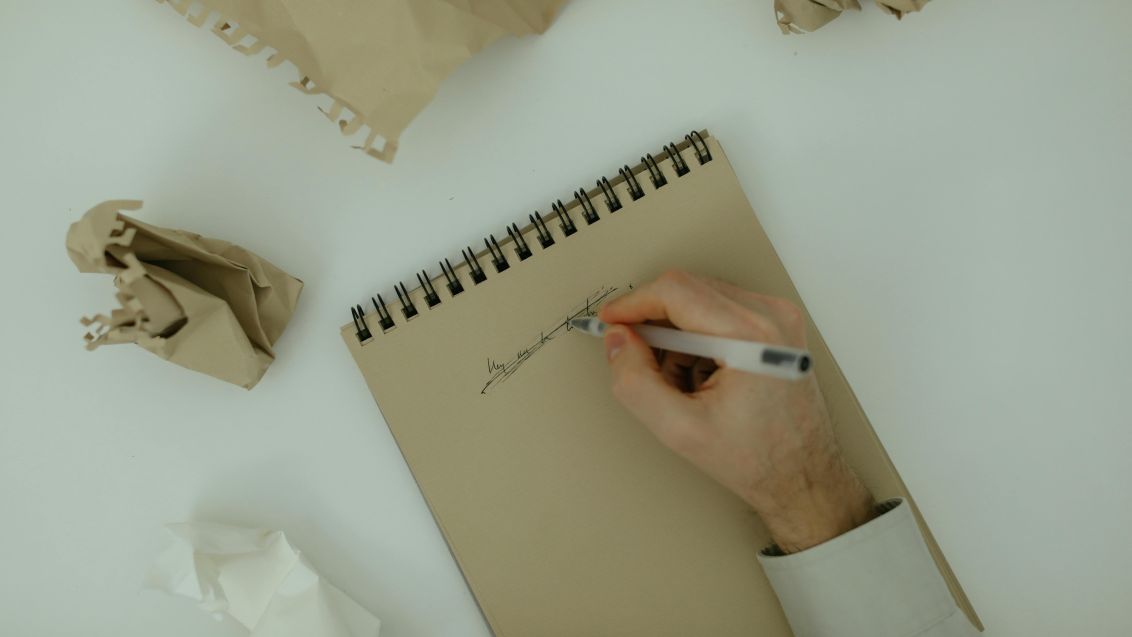
The Importance of Graphical Abstracts
Scientific papers contain a lot of information. Traditionally, written abstracts have been used to summarize this information and effectively communicate key data and findings. However, graphical abstracts are becoming increasingly popular with academics.
Like written abstracts, they aim to present important information as effectively as possible. Yet graphical abstracts have the advantage of being visually engaging.
Here, we’ll explain what a graphical abstract is and their importance in the world of scientific publishing.
What is a graphical abstract?
A graphical abstract is a single, coherent image designed to offer a visual overview of a research paper. It is generally located beneath the text abstract and is intended to help readers and academics understand the findings and implications of a particular study. In turn, this visual stimulus aids the reader in identifying appropriate studies for their own research or interests.
Usually, scientific studies consist of numerous elements. For example, you may have the research background, methods, data and findings, and conclusion. Readers or other academics who come across a study need to quickly decide if it’s relevant to them. A graphical abstract can assist in communicating the main points of a study, thus helping others decide whether the material is relevant to them.
How images can be useful
The human brain processes visual information faster than words. Indeed, humans can identify an image in a matter of milliseconds. Reading a written abstract, which is generally around 250 words, will take us a lot longer.
Speed of information absorption is a big benefit. Most researchers have a lot of sources to gather and consult on a regular basis. Graphical abstracts can facilitate this process, making research less time-consuming.
Another way in which they can be useful is by improving reach. By simplifying information and presenting it in a visually stimulating way, an image summary opens the way for research to reach a broader audience. Graphical abstracts have proven to be especially impactful on social media, increasing the number of retweets and link clicks. Furthermore, researchers and news outlets can pick up on the study findings as it’s easier for the information to be both communicated and absorbed.
Finally, images can elicit stronger emotions, making them more memorable. The subject-specific terminology or methods employed in a research paper may be hard for the average person, or even researchers from outside of your field, to fully understand. However, a graphical abstract can instead focus on how to visualize findings in a relatable or meaningful way, turning this information into impactful visuals that can communicate how the findings may influence our everyday lives.
Creating a graphical abstract
There has been some debate in the scholarly community about how to appropriately integrate graphical abstracts into the world of academic publishing. Should publishers and journals mandate them, or wait for authors to adapt them fully first?
This dilemma doesn’t answer a more important question, though – who should be responsible for their creation? If the responsibility falls to the author, then this will require them to invest a lot of time and effort into the design. Would this lead to images being submitted just for the sake of it, rather than being given the care and attention they require?
These are important questions to ask. However, given their increasing usage, authors should still be equipped with the knowledge of how to create a graphical abstract. Let’s look at that process now.
How to create a graphical abstract
There are a few key points and steps to be aware of when creating a graphical abstract. Instructions may differ from publisher to publisher, but these are the MDPI guidelines:
- A graphical abstract should not be exactly the same as any figure in the body of the paper, a simple superposition of several subfigures, or a combination of the text abstract and a picture.
- It should be original and unpublished artwork. Any postage stamps, currency from any country, or trademarked items should not be included in it. No copyrighted material should be used in a graphical abstract.
- It should be a high-quality illustration or diagram in any of the following file formats: PNG, JPEG, or TIFF.
- The minimum required size is 560 × 1100 pixels (height × width).
- Written text in a graphical abstract should be clear and easy to read. It is recommended to use fonts such as Times, Arial, Courier, Helvetica, Ubuntu, and Calibri.
- Use symbols correctly, and do not use commas instead of decimal points in numbers.
- Avoid large blocks of text or large blank spaces in the image.
- Do not include “Graphical Abstract” as a heading in the image.
On top of these instructions, remember the purpose of your graphical abstract. It should represent the topic of your article in a striking way. And, like your research paper, it should be unique.
Embracing visual summaries
As visual summaries intending to help others identify relevant information, graphical abstracts are a necessary part of the research process. By integrating a graphical abstract into your research paper, you facilitate the research process for others while increasing the reach of your own research.
At MDPI Author Services, we specialize in helping researchers prepare their manuscripts for publication. Our Figure Editing Service provides publication-ready figures that clearly communicate your research to readers. Figure editing enhances your charts and graphs by revising the colors, shading, size, resolution, borders, font, and file type. This is all completed in one business day after payment. Click here for a free quote.
Subscribe to the Author Services Newsletter for tips, discounts, and updates.











